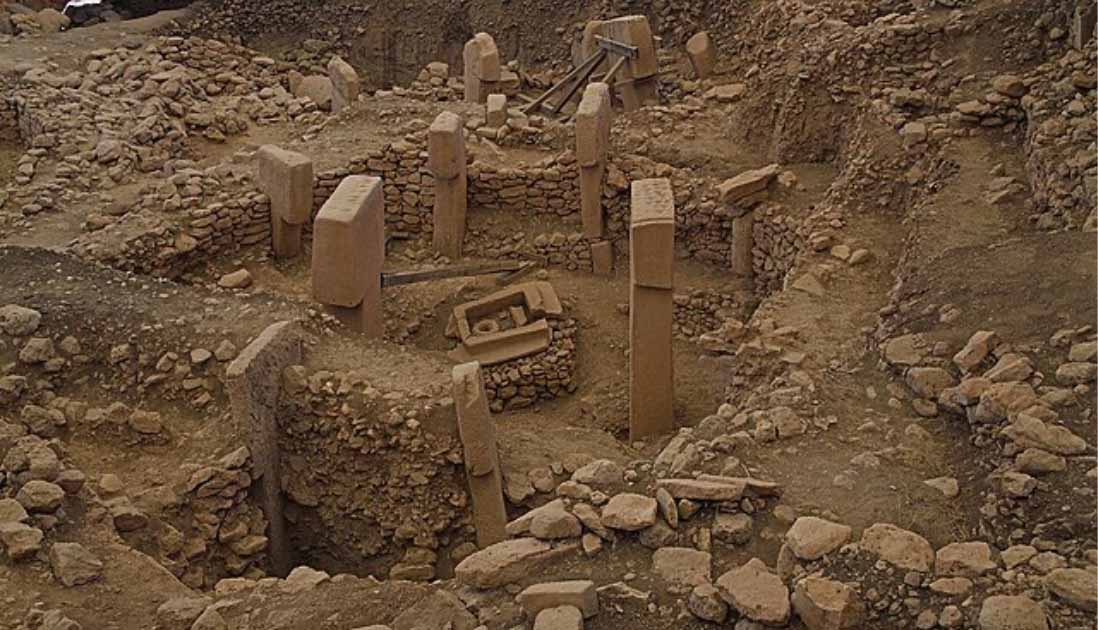Anatolia: A Cradle of History and Rich Culture (Video)
Anatolia, nestled between the continents of Europe and Asia, is a veritable treasure trove of ancient civilizations and cultural heritage. Despite Herodotus's misconceptions, the region's historical significance is undeniable. The Hittite carvings at the Karabel Pass, originally misattributed to an Egyptian pharaoh, offer a glimpse into the artistic prowess of this enigmatic civilization.
- The Anatolian Histories Part 1: Emerging Empires and Lands Changing Hands
- Fight For Your Honor! The Holmgang and Viking Law
The discovery of Hattusa, the Hittite capital, in 1834 by Charles Texier, sheds light on a once-forgotten empire that rivaled ancient Egypt and Mesopotamia. Aizanoi, with its Roman remains and Temple of Zeus, speaks to the region's enduring cultural legacy, while recent excavations revealing evidence of settlements dating back to 3000 BC challenge our understanding of Anatolia's ancient past.
At Çatalhöyük, Neolithic dwellings provide insight into early agricultural practices and societal organization, while Göbekli Tepe's monumental stone enclosures, dating back to 9600 BC, defy traditional notions of prehistoric culture. Yet, mysteries persist. Göbekli Tepe's deliberate burial raises questions about ancient rituals or catastrophic events, while the underground city of Derinkuyu prompts speculation about its purpose and builders.
As archaeologists continue to unearth Anatolia's secrets, each discovery adds a layer of complexity to our understanding of human history, inviting us to delve deeper into the rich tapestry of Anatolia's past.
Top image: View overlooking Göbeklitepe Building B. Source: Dosseman/CC BY-SA 4.0

















